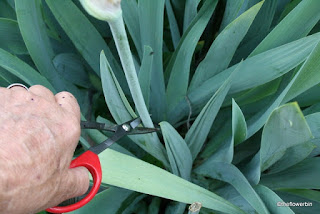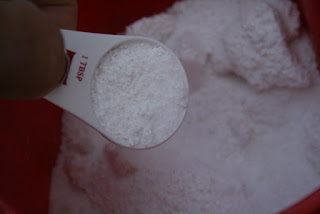Bellflower is the common
name for a group of plants with bell shaped flowers known as campanula. Campanula
takes both its common name and its scientific name from its bell shaped
flowers. Campanula is Latin for “little bell”.
Campanula colors include blue,
violet, purple and white. Campanulas generally begin to bloom in late spring
and continue through the summer, into fall. Removing flowers that have faded or
died will encourage more blooms.
Regular fertilization with a balanced
fertilizer such as Fertilome 20-20-20 every 10-14 days will help bloom
production. Campanulas are a very diverse group of plants. They can be grown in
pots on the patio, as groundcover and in perennial beds. They do best when
planted in full sun or dappled shade. As with any plant, your success with
campanula will depend on the quality of your soil, so take time now to amend
your existing soil with compost and peat moss, mixed 50:50 with your native
soil.
In addition to their beautiful flowers, bumblebees and other pollinators
are attracted to campanulas.
Some campanula choices for your garden include:
Blue Rivulet
Milan Blue
Milan Lilac
Blue Bell
Bells of Scotland
Garganica










































